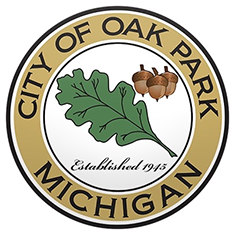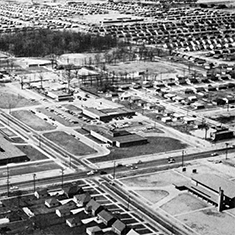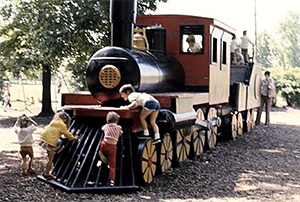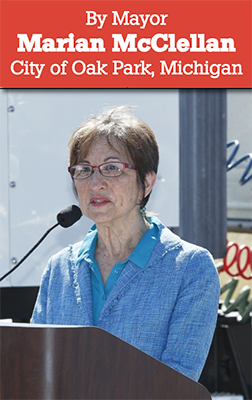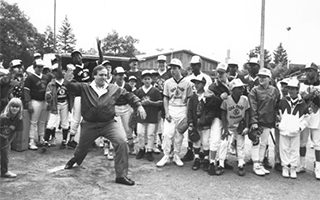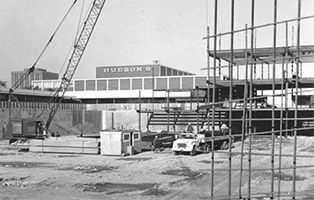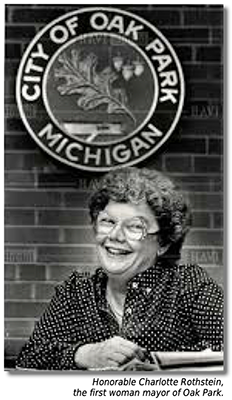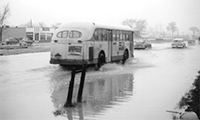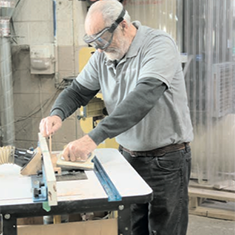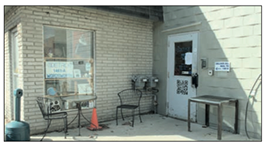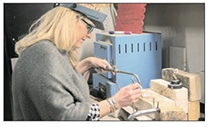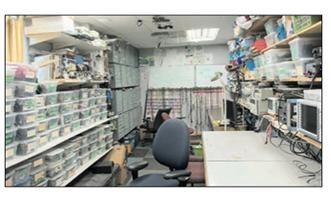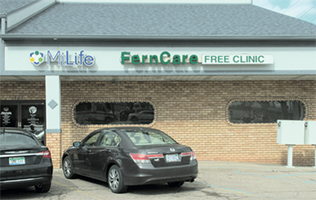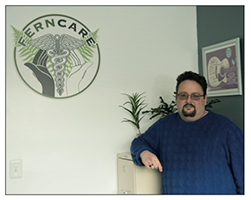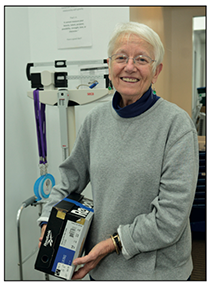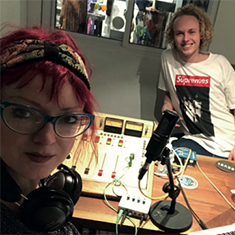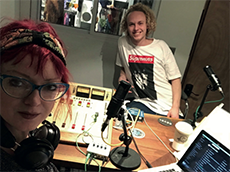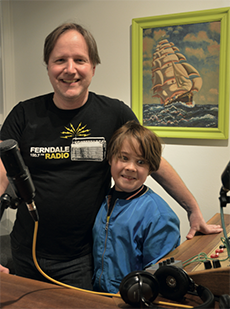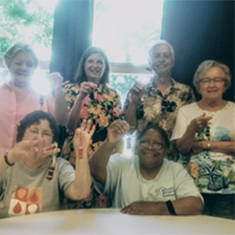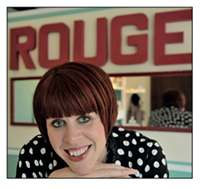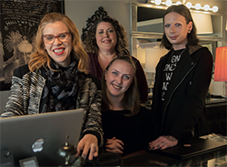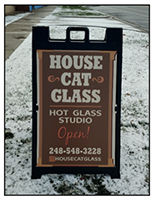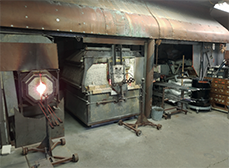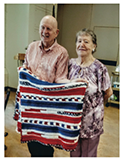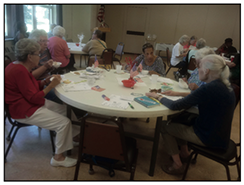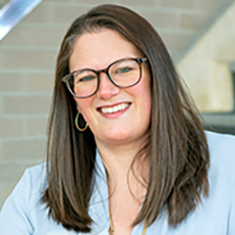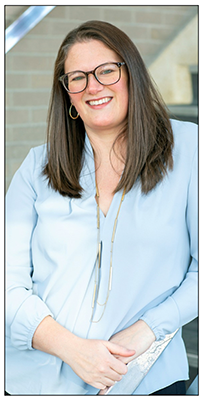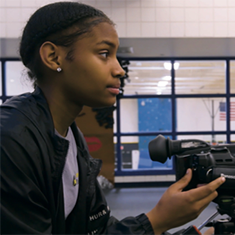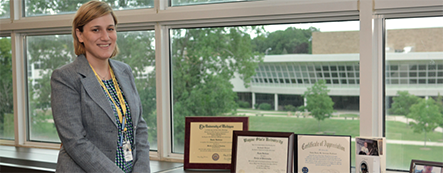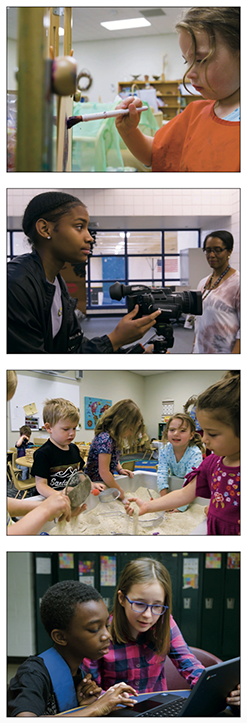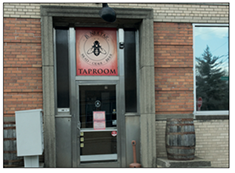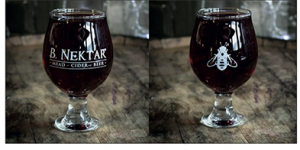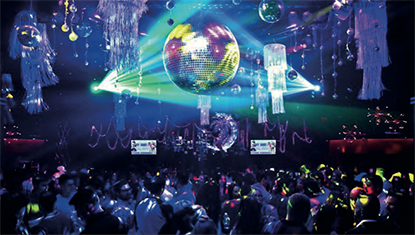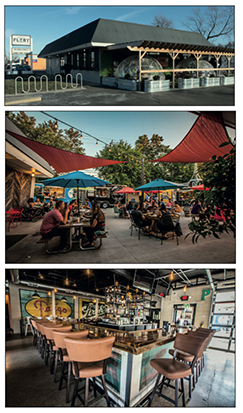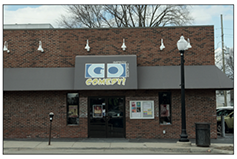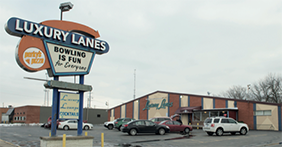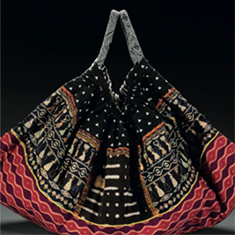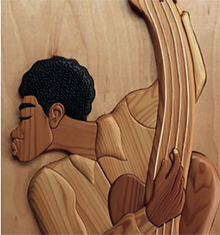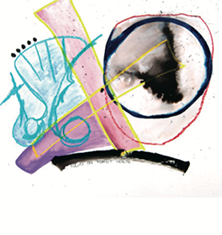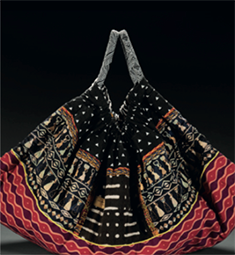By Erik Tungate, City Manager
THE CITY OF OAK PARK IS ONE OF THE MOST PROGRESSIVE COMMUNITIES in Michigan. That definitive statement might surprise people but it’s true.
Over the span of 75 years since the city’s incorporation, Oak Park has upheld its reputation as an inclusive community with a familyfriendly culture. In more recent years, we’ve also enhanced our brand as “a great place to do business.” Since 2014, when Oak Park completed an aggressive n designed to promote private sector investment, our city has been on the move.
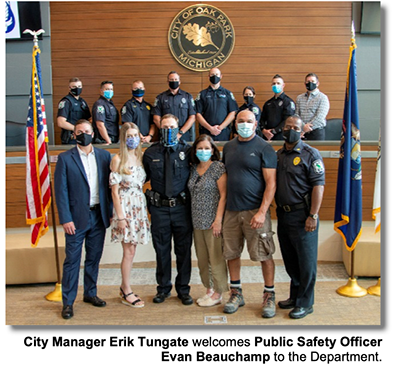 Oak Park is situated on the southern edge of Oakland County and the northern border of the City of Detroit. Until recent years, Oak Park was known as a “bedroom community” – where residents live, but work in other cities, mainly Detroit. During my eight-year tenure as City Manager, however, we’ve experienced historic growth in terms of licensing small businesses and corporations for operation within Oak Park’s city limits.
Oak Park is situated on the southern edge of Oakland County and the northern border of the City of Detroit. Until recent years, Oak Park was known as a “bedroom community” – where residents live, but work in other cities, mainly Detroit. During my eight-year tenure as City Manager, however, we’ve experienced historic growth in terms of licensing small businesses and corporations for operation within Oak Park’s city limits.
Three significant corporations – Fed Ex Ground Distribution Center, Bollinger Motors, and the Kroger Company – have joined our community within the past five years. In 2015, international courier service Fed Ex developed a 304,000 square-foot distribution center in Oak Park’s Armory Park, representing one of Oak Park’s largest commercial land deals on record. Fed Ex employs more than 245 people and operates 24 hours-a-day, seven days-a-week at the facility now located at Greenfield Rd. and W. 8 Mile Rd.
This year, Bollinger Motors, a manufacturer of electric, four-wheel drive trucks, relocated its headquarters to Oak Park’s 11 Mile corridor to accommodate the company’s expansion.
And Kroger recently completed construction and opened a full-service grocery store on Greenfield Rd. These three companies join a host of Oak Park veteran manufacturers and service businesses, which include Eaton Steel Bar, Hagopian, WeatherGard, RingSide Creative, Barton Malow Rigging, EJ Group, and Brilar.
IT’S A KNOWN FACT THAT OAK PARK RESIDENTS DEMONSTRATE CONSISTENT LOYALTY in patronizing local, small businesses, so our community is very attractive to small retailers as well. We’ve substantially increased our number of small businesses in recent years. New ventures include Oak Park Social, Classic Expressions, Unexpected Craft Brewing Co., Nerd Out Toys, Wing Snob, Mad Crab, Dog & Pony Show Brewing and The Oak Parker restaurant. We also celebrated the grand opening of nonprofit Forgotten Harvest’s new headquarters and campus on 8 Mile Rd. The new establishments expand our existing, small business community, which also includes our own Ernie’s Market, Peteet’s Famous Cheesecakes, Curv Bella Boutique, K&F International Market, Leyton’s, The Book Beat, Street Corner Music, and Eddie’s Gourmet.
Businesses have many reasons to choose to plant roots in Oak Park. The city’s strategic location is an attractive feature. Oak Park is bordered by three, major thruways: John C. Lodge Freeway (M-10) to the west, Walter P. Reuther Freeway (I-696) to the north, and 8 Mile Rd. (M-102) to the south. Most of the credit for our success, however, is shared by the City’s innovative Economic Development department and the collaborative efforts of all our administrative departments. We pride ourselves on our competitive recruitment approach and our ability to offer businesses of all sizes a streamlined licensing process.
IT’S SUCH AN HONOR TO SERVE AS CITY MANAGER OF ONE OF MICHIGAN’S MOST CUTTING-EDGE COMMUNITIES. I came into this position knowing there existed a solid foundation from which we could make measurable progress. And we have. Oak Park is on a solid trajectory toward continued growth. I fully anticipate significant community and economic development for years to come.

